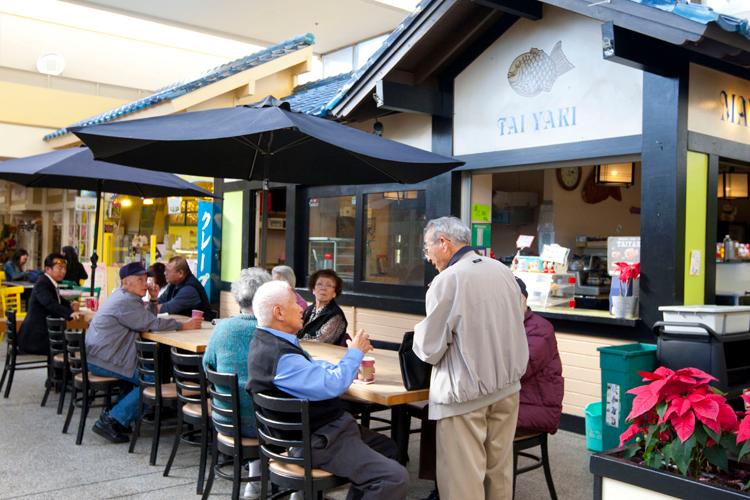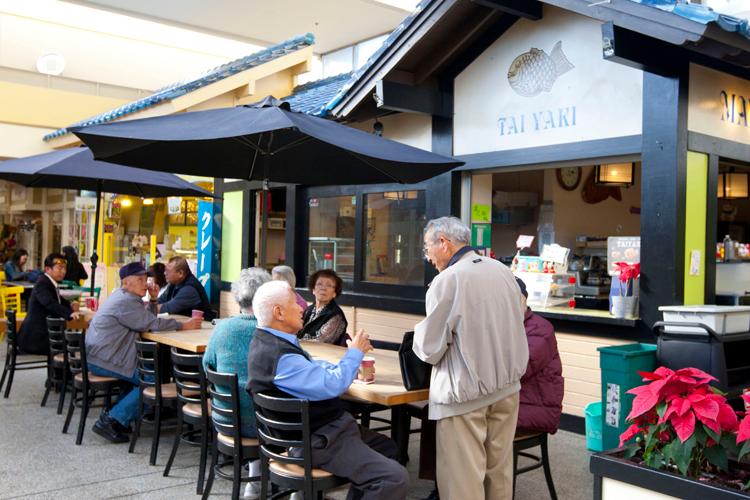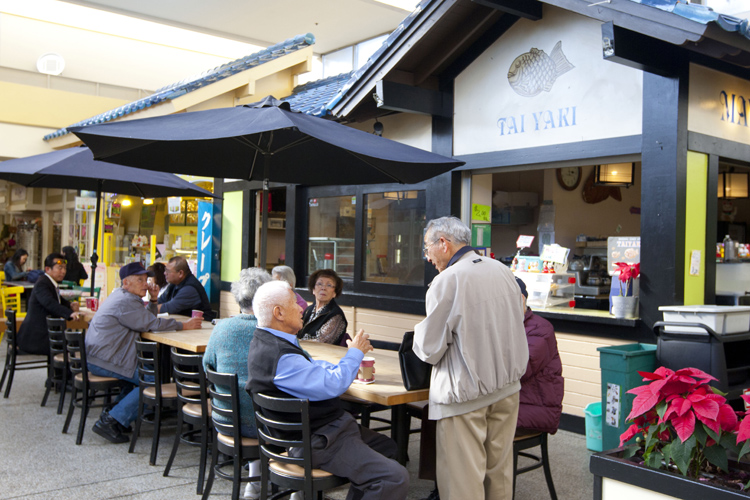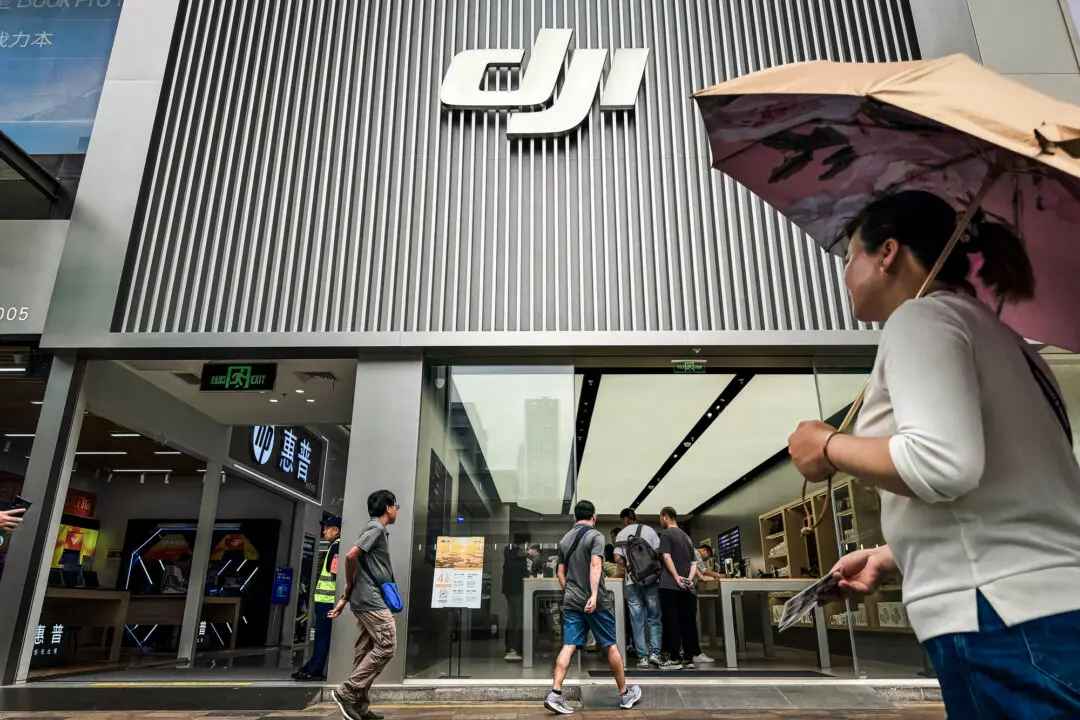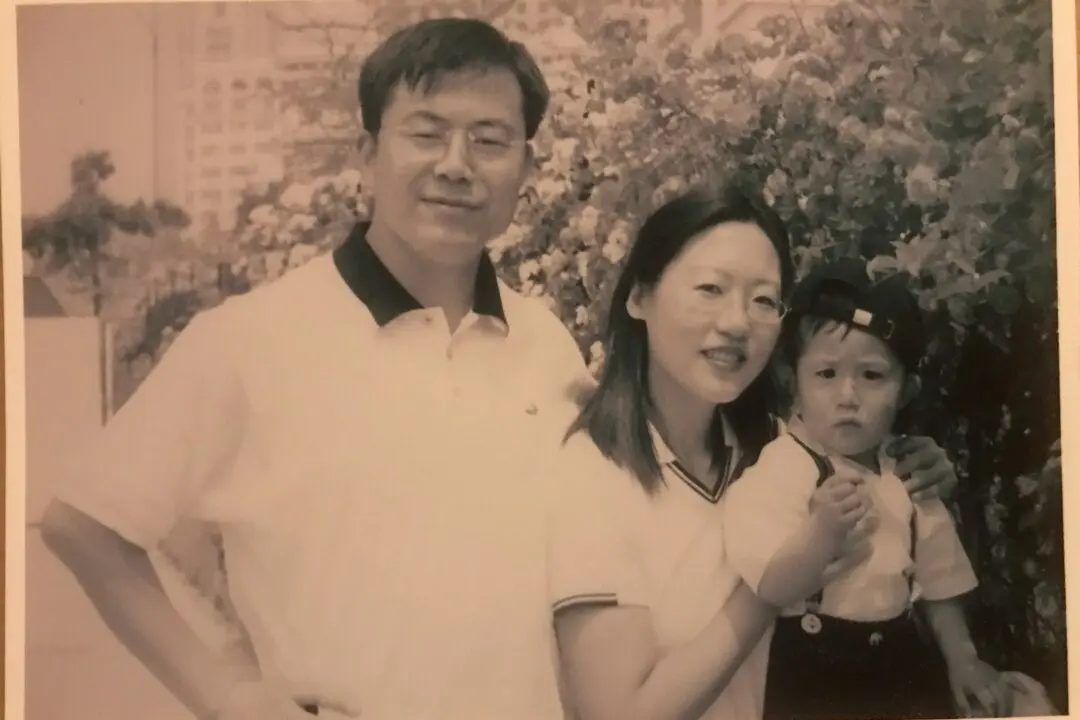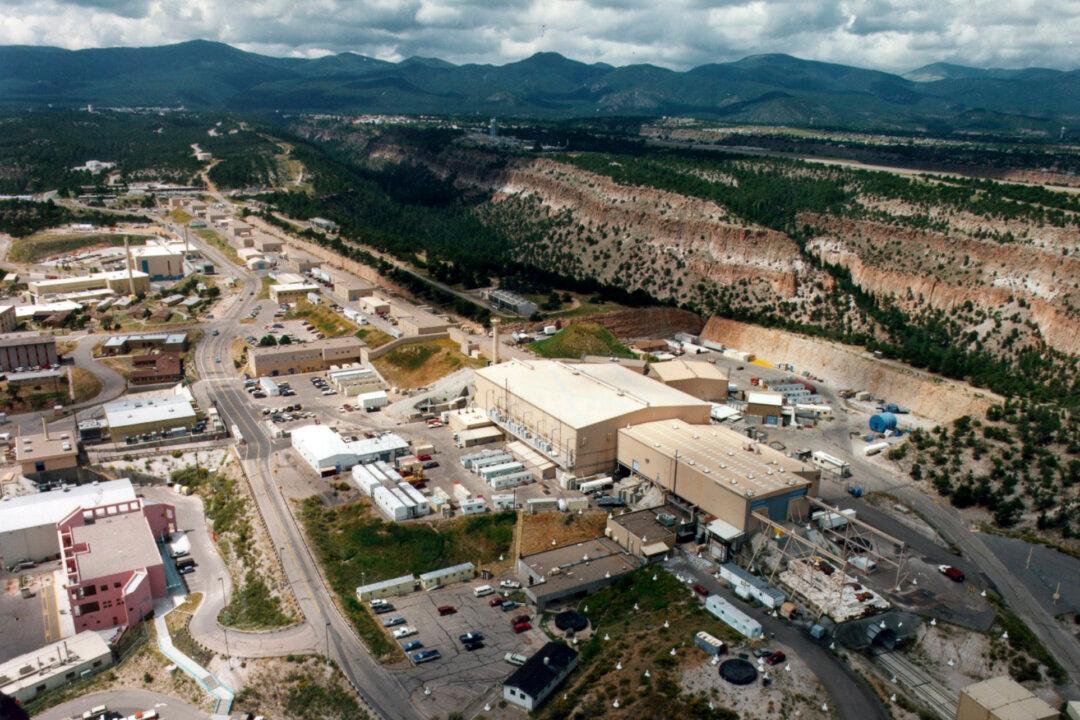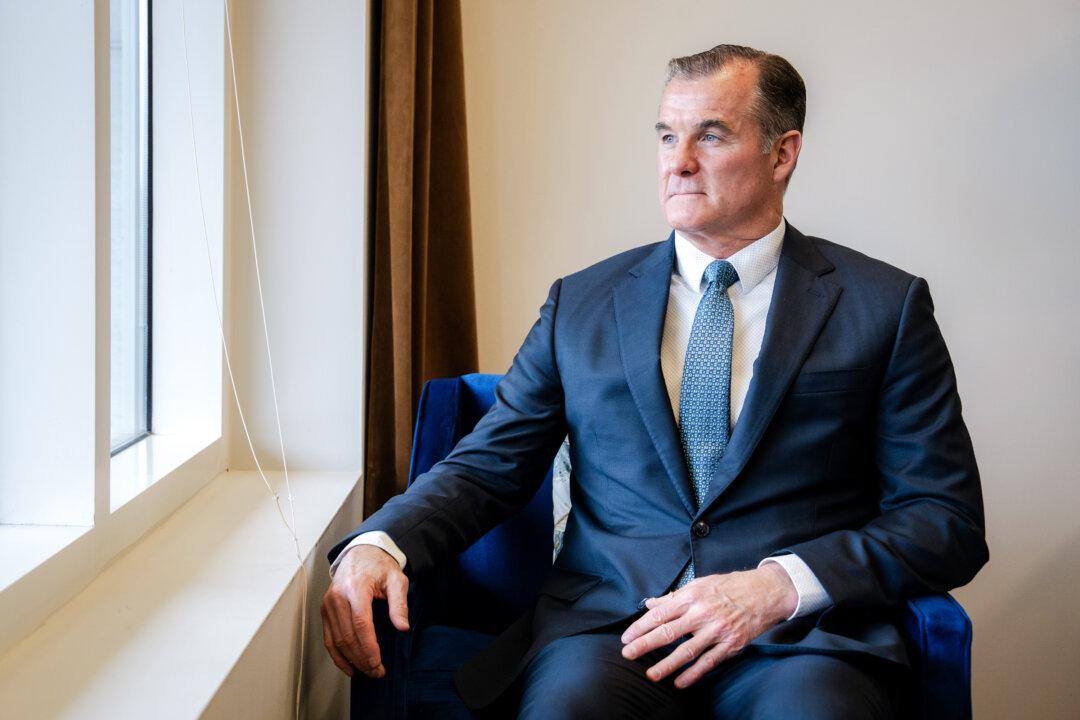SAN FRANCISCO—Karen Kai has lived in San Francisco for 37 years, and the pull of Japantown’s neighborhood feel is what keeps it close to her heart.
“I have a son; I want there to be a Japantown for him when he has kids,” Kai said. This is the sentiment that led to the Japantown community coming together to reorganize a strategy for its future.
“We’re this small community that’s kind of old and funky,” Kai said. “There’s so much history, but it’s all very personal.”
“As some of the residents said, we don’t want to be Grant Street,” she said, referring to the tourist-oriented area of Chinatown. There is a heavy tourism and visitor component to Japantown’s livelihood but also a neighborly feel, and “you don’t want to eliminate either,” Kai says.
San Francisco’s Japantown is one of three in the nation and is unique in the long history it holds. Japanese immigration to California started in 1896, but it wasn’t until after the earthquake in 1906 that Japanese people started to settle in the area now known as Japantown.
Japanese culture thrived throughout the last century, even after many obstacles such as the Immigration Act of 1924, which prevented immigrants from owning property, and the World War II internment, which many view as one of the most shameful acts in U.S. history. The area has evolved from one where people of Japanese ancestry live to one where they gather.
“‘This is my familiar place,’” Kai said she’s heard many residents say. “It’s so unique you can identify, and identify with, it.”
“It just sticks with you, and allows people to have this kind of common sense of where they are and where they’ve been from,” Kai said.
Community-Led Planning
Preserving the sense of community was what led to the Japantown Task Force, an organization of community members, to work with city agencies like the Planning Commission and the Mayor’s Office of Economic and Workforce Development to create the Japantown Cultural Heritage and Economic Sustainability Strategy (JCHESS).
This is the result of 13 years of work, says Bob Hamaguchi, executive director of Japantown Task Force. From 2007 to 2009, the Planning Commission drafted a Better Neighborhoods Plan to activate Japantown, but the goals and strategies were uncharacteristic of the neighborhood. The Japantown community then came together to work from 2010 to 2012 to draft JCHESS—the first cultural heritage-focused neighborhood plan in the city of San Francisco.
The premise of the plan is that the cultural heritage identity of the neighborhood and its economic sustainability go hand in hand. The many small businesses of the neighborhood are absolutely crucial to Japantown being Japantown, but the area needs the services of a cultural neighborhood in order for the community to stay and sustain the neighborhood.
“I think [the community] is suggesting we find a way to become a cultural neighborhood,” Hamaguchi said. But what’s unique is that the community also recognizes and is very supportive of economic growth in the area, he says.
Identifying Culture
Some residents are concerned with the feasibility of preserving the cultural aspect as it has been.
“I come here and it’s very nostalgic for me,” said Ron Kobata. “But I don’t know if it’s that way for others, for the third or fourth generations, and I don’t know if it needs to be.”
Hamaguchi said that the cultural history of the neighborhood is and has been changing, and that’s why the community has come together to discuss what it is they want to preserve.
At the JCHESS Open House, Collin Tateishi, who works with planning in Los Angeles’ Little Tokyo, stressed the importance of recognizing that Japantown is a very Japanese-American experience, which is inherently different from a Japanese experience.
Joyce Oishi said she was brought to Japantown because of her children, driving them to and from preschool every day.
“I think some of the things have to be Japanese-American,” Oishi said, citing many of the Japanese-arts instructors, who studied in Japan but need to present Taiko drumming or Kendo in such a way that people from a different culture can learn it.
“You’re taking this cultural tradition and you’re making it available to everybody,” Oishi said. “We’re sort of this hub that sort of opens the world.”
Succession
Soko Hardware in Japantown caters to a wide range of customers—in addition to tools and hardware, it carries unique gardening and woodworking tools, as well as Japanese-style homeware.
“The Japanese community has been so supportive of us,” said third-generation storeowner Philip Ashizawa. The store was established in 1925 by his grandfather, who later returned after World War II to reopen the store.
It’s not necessary for the community to live in Japantown, Ashizawa said. Businesses that conglomerate in and around Japan Center have firmly grounded their connection to the neighborhood.
Businesses like Soko Hardware, the Japanese grocery store, the Manju shop, and Kinokuniya bookstore are characteristic and vital to the neighborhood, but a lot of these family-owned stores might not have a way to continue.
Some shop owners may retire, and there’s the worry that they may have no successor, or it may be taken over by someone with less prestige, according to Kai.
“It’s so clearly part of the fabric of the community,” Kai said. “If we don’t have them, how can we say we’re still going to be Japantown?”
But there’s definitely hope, according to Kai. One of the reasons she loves the community so much is the many youth-focused nonprofit organizations in Japantown, and she serves on the board of many of these.
The youth are very involved, Kai says. For example, an early draft of the plan was organized and summarized for general consumption by one of the youth groups. They have been involved in helping the businesses of Japantown as well, throwing a promotional event this past year that also helped sales and foot traffic.
“They are genuinely interested in this community. They want to see it continue, they want to help it,” Kai said.
The Epoch Times publishes in 35 countries and in 21 languages. Subscribe to our e-newsletter.
